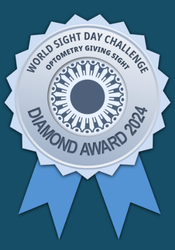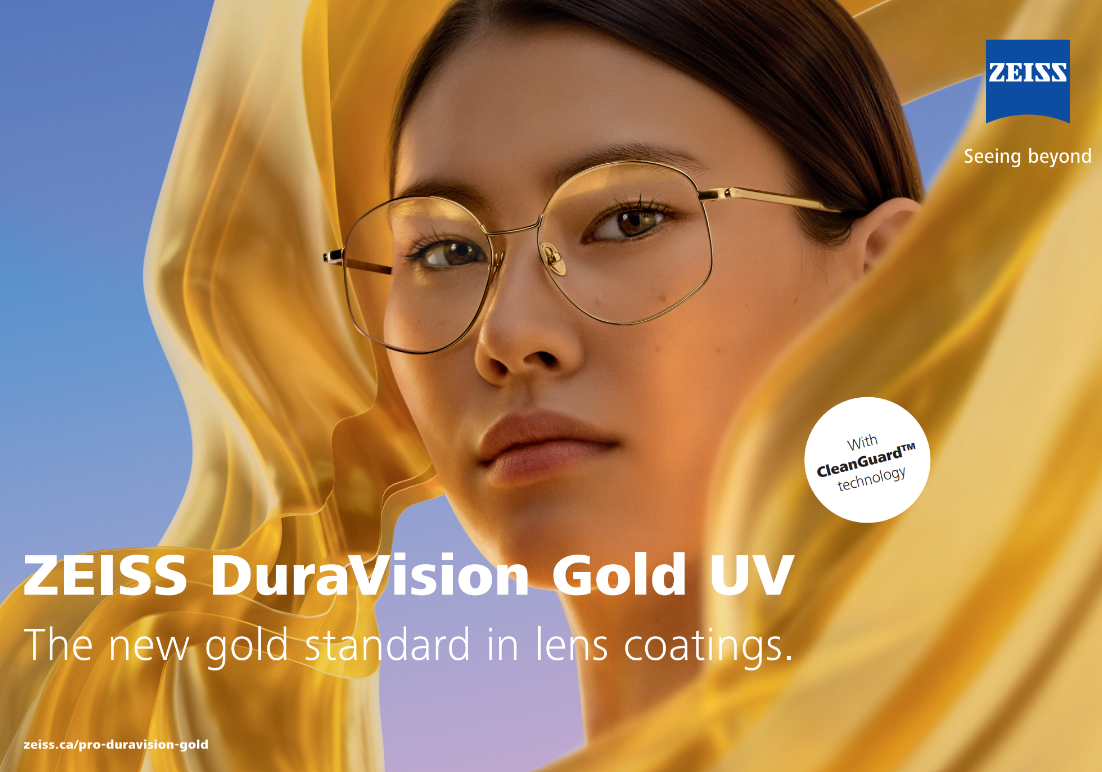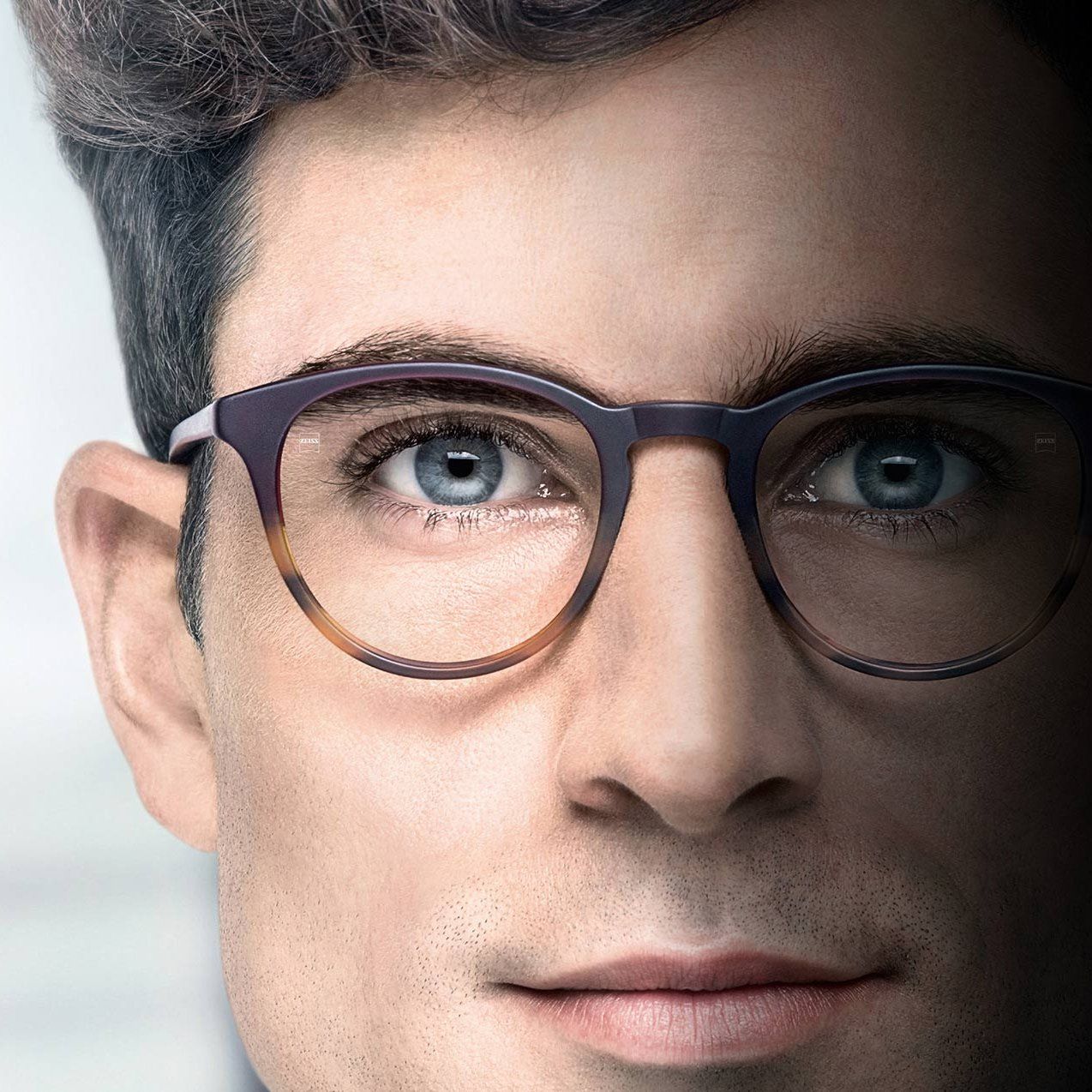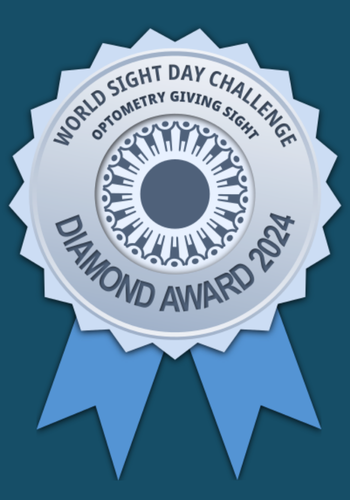Dr. Natasha Wood
Dr. Natasha Wood graduated from The New England College of Optometry in Boston, Massachusetts, where she held honours both in the clinic and in the classroom and won the Robert Allard Compassionate Clinican Award. While studying she spent time in a Veteran’s Hospital, private and public practice settings. She gained expertise in pediatrics, contact lenses, geriatrics, and ocular disease.
Natasha is originally from Nova Scotia and achieved her B.Sc. in Neuroscience from Dalhousie University. After graduation she moved to Calgary where she first discovered a love for optometry while working as an optometric assistant.
Natasha is excited to be a part of Mountain View Optometry’s enthusiastic and professional team. She is an active member of the Alberta Association of Optometrists. She has a special interest in family care, is a great listener and performs eye exams tailored to the needs of each individual patient. She strongly believes in the importance of education and empowering her patients in the management of their own healthcare.
Natasha has a love for the mountains and spends her spare time hiking, cycling, downhill and cross-country skiing. She lives in Calgary with her husband, Matt, and faithful canine companion, Larry.







